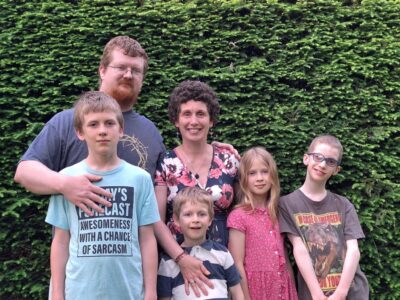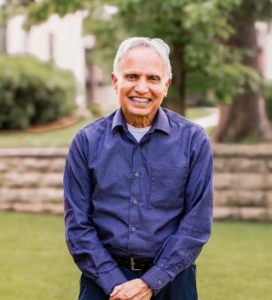Pain Management

Photo submitted to Times Observer From left, Kacie Pritt, Director of Rehabilitation with Deborah Briggs, Admissions Coordinator from Warren Manor
By KACIE PRITT and DEBORAH BRIGGS
Pain is one of the most common health problems experienced by older adults. It is a complex, multidimensional, personal experience that includes cognitive, emotional and behavioral factors as well as pain presence and intensity. Pain can result in many serious health consequences and is often incorrectly believed to be a normal process of aging.
Common Consequences of Pain
¯Falls
¯Difficulty performing daily activities
¯Appetite disturbance
¯Social withdrawal/isolation
¯Insomnia
¯Muscle weakness
¯Sleep disturbance
¯Overall decrease of quality of life
Pain is a common experience for older people. The extent to which pain disrupts daily routines seems to get worse with age. Pain is often poorly evaluated and managed in older people. Many times we find that you may not want to talk about it, or tell anyone how bad it really is.
Common reasons why
¯Belief that pain is unavoidable
¯Fear that pain will increase as the underlying disease gets worse
¯Desire to avoid expensive tests or going to the hospital
¯Desire to not be seen as a complainer
¯Not wanting to be a burden to loved ones or caregivers
Pain may be acute or persistent (chronic). Sometimes you can experience both acute and chronic simultaneously. Acute pain, which comes on quickly, may not last very long. It usually results from an injury, surgery, or other type of tissue damage. Chronic pain will persist for at least 3 to 6 months and can be long lasting. If you have chronic pain you are more likely to suffer from depression or anxiety.
Pain can be expressed in many ways. With adults with dementia it can be difficult for them to let anyone know exactly what they are feeling.
There are the signs you can look for:
¯Restlessness, agitation, irritability, resistance or guarding behaviors
¯Crying, moaning, or groaning
¯Limping, frequently shifting positions
¯Pained facial expressions
¯Depression
¯Changes I usual daily activities
¯Refusal to eat
¯Disturbed sleep
Pain is a unique experience and differs from person to person. Once you have reported that you are in pain your healthcare provider will try to identify the source and determine proper treatment. There are many different ways to treat pain, from medication management, injections, to life style changes and or therapy. There are unique programs that have been created specifically to reduce pain, maximize functional independence and improve quality of life as well as promote patient education. The goals of these programs are to obtain baseline measurements for pain, range of motion, strength, balance, mobility and self-care. Each treatment plan is created to align with the interdisciplinary clinical team. There are many different techniques proven to help with pain.
This article brought to you by the Eldercare Council of Forest-Warren Counties.



